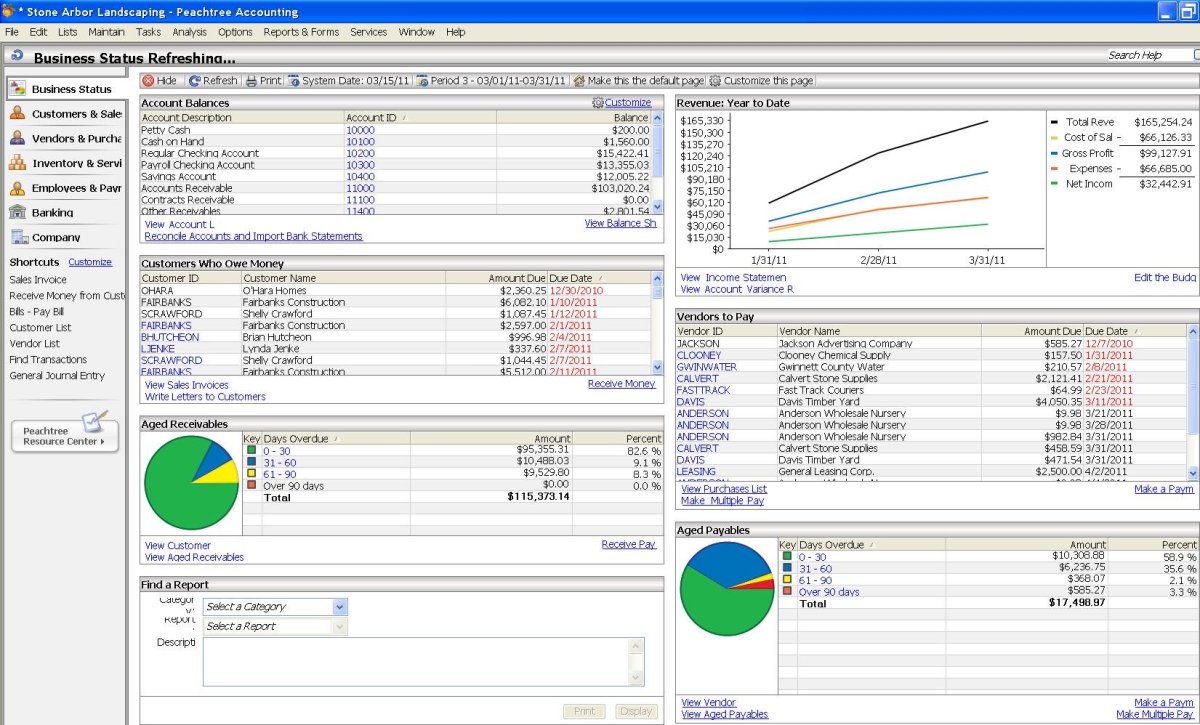All About Working Capital: Know Your Accounting Cash Flow
Working capital is a simple but extremely useful accounting measurement.

Liquidity measurements in accounting help assess the ability to meet short-term cash requirements. Oftentimes, short-term cash requirements include monies owed within the next 12 months. These include the following “payables” due to outside parties: accounts, notes, wages, taxes, and interest. Companies usually pay off these payables using current assets, which are cash and cash equivalents, i.e. those items easily converted to cash. Examples include cash, short-term marketable securities, accounts receivable, inventory, and supplies. Working capital is the result of subtracting current liabilities from current assets. In short, a positive result is preferable to a negative result. The latter indicates a company that is unable to meet its short-term cash obligations.
The balance sheet contains all the information necessary to compute working capital. The current assets are in the top section of the statement. Current liabilities reside on the bottom half, near the top of the section labeled “Liabilities and Stockholders’ Equity.” Total current assets less total current liabilities (both are clearly labeled on the balance sheet) results in net working capital. The difference between these two items is a standard dollar amount. If the difference is zero, it means the company can take all its cash and cash equivalents and pay off its short-term financial obligations. Companies with a positive net working capital can pay short-term bills, inventory costs, take advantage of discounts offered from vendors, and have some capital left over for other uses.
Watch this video for a graphical representation of working capital:
Net Working Capital
Because companies usually create financial statements – such as the balance sheet – each month, it is easy for owners and executives to track working capital. This way, owners can determine if their short-term cash situation is getting better, worse, or staying the same. Outside stakeholders also use this basic formula to assess a company’s liquidity. If stakeholders see stable or declining working capital, they may find this unsettling. It essentially means a company is unable to grow and expand its operations financially. A severely declining net working capital means the business will require more debt to pay for its needs. This starts a vicious of low cash and increasing debt and interest payments.
Basic Net Working Capital and Current Ratio Formula:
(in thousands)
| 2011
| 2010
|
|---|---|---|
Current Assets.....................
| $878,676
| $808,145
|
Current Liabilities.................
| 615,531
| 584,210
|
Working Capital...................
| $263,145
| $223,935
|
Current Ratio:
| ||
$878,676/$615,531
| 1.43 to 1
| |
$808,145/$584,210
| 1.38 to 1
|
*Courtesy of McGraw Hill, Fundemental Accounting Principles, 21st ed.
Accountants often determine how strong a company’s liquidity is against the industry norm by comparing current ratio results.

Current Ratio
While net working capital results in a standard dollar amount, the working capital ratio presents a traditional accounting metric. Another name for this formula is the current ratio. Accountants compute it by dividing total current assets from total current liabilities. The above example gives an idea of how the current ratio looks in comparison to the working capital. It also reads differently; for example, in 2011, the “1.43 to 1” means that for every $1 of current liabilities, the business has $1.43 in current assets to pay for the current liabilities. Obviously, the company has an extra $.43 in current assets. This indicates fairly good liquidity to pay for other financial obligations, such as long-term debts.
Current ratio results are a numerical figure one can use as a benchmark. For example, accountants often determine how strong a company’s liquidity is against the industry norm by comparing current ratio results. Accountants can also compare the company’s previous performance against current performance. Either way, it is a simple performance metric that provides some very good information.
Specific elements need changes in order to improve working capital.

Basic mathematics indicates that there are only two ways to change a company’s working capital or current ratio. Either current assets need to increase or decrease or current liabilities needs to increase or decrease. Of course, most owners and executives would prefer an increase in current assets and a decrease in current liabilities. This means the company is stronger financially, especially when these each move accordingly at the same time.
There are two essential parts of current assets that should increase to improve working capital: cash and accounts receivable. These items work in tandem. Accounts receivable means higher credit sales, which will generally lead to increased cash balances in the future. Cash can also increase due to higher cash sales. Either way, these two assets are often crucial components to net working capital and the current ratio.
Three current liabilities significantly affect working capital and the current ratio. The major players here are accounts, wages, and interest payable. Large credit purchases will increase accounts payable, reducing working capital. The same goes for wages and interest payable. Here, however, too many staff members and frequent use of debt to pay for goods increase these liabilities. Either one or both will greatly reduce a company’s working capital.
Inventory often results in no significant changes in working capital. If a company purchases inventory with cash, this is an asset exchange transaction. One asset is exchanged for another: cash for inventory. The amounts are equal and both in the current asset side of the equation.
Purchasing inventory on account increases current assets and current liabilities. This does not improve (or worsen) working capital. Of course, companies with little or no inventory needed for its operations will not have these problems. Owners who operate businesses with copious levels of inventory may need to strip inventory amounts from working capital formulas in order to have a better idea of liquidity.









